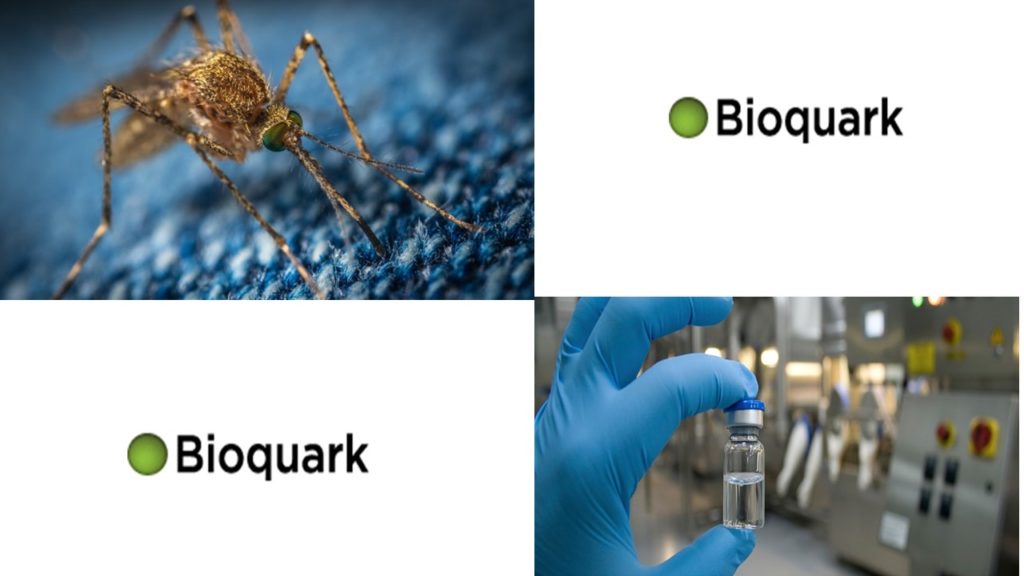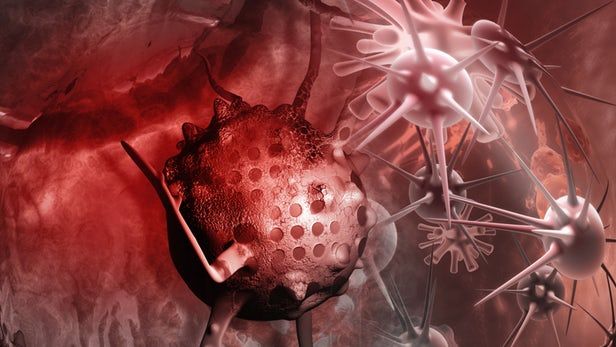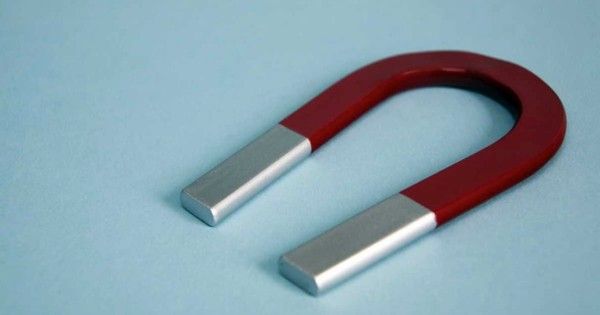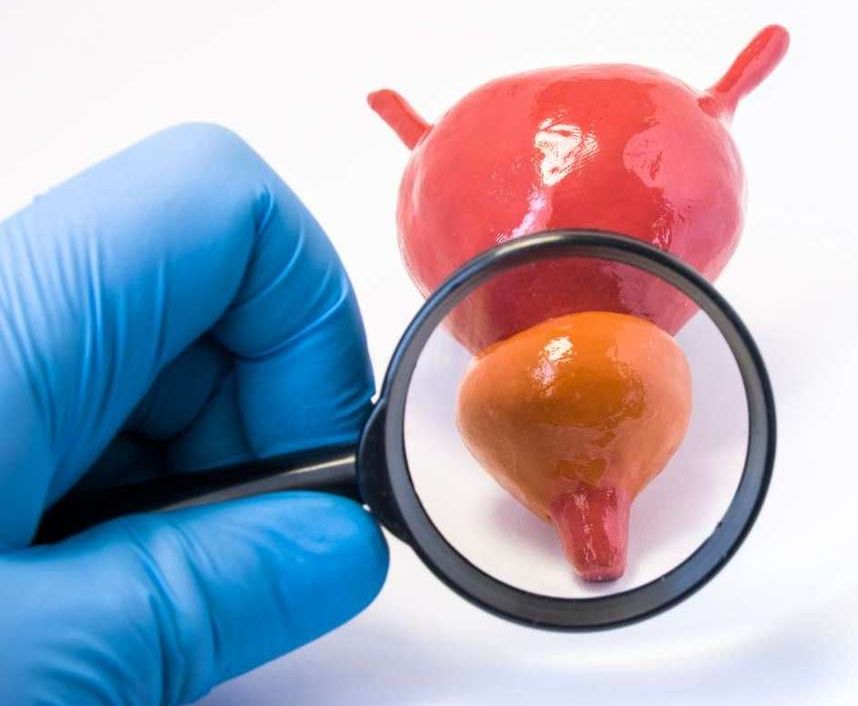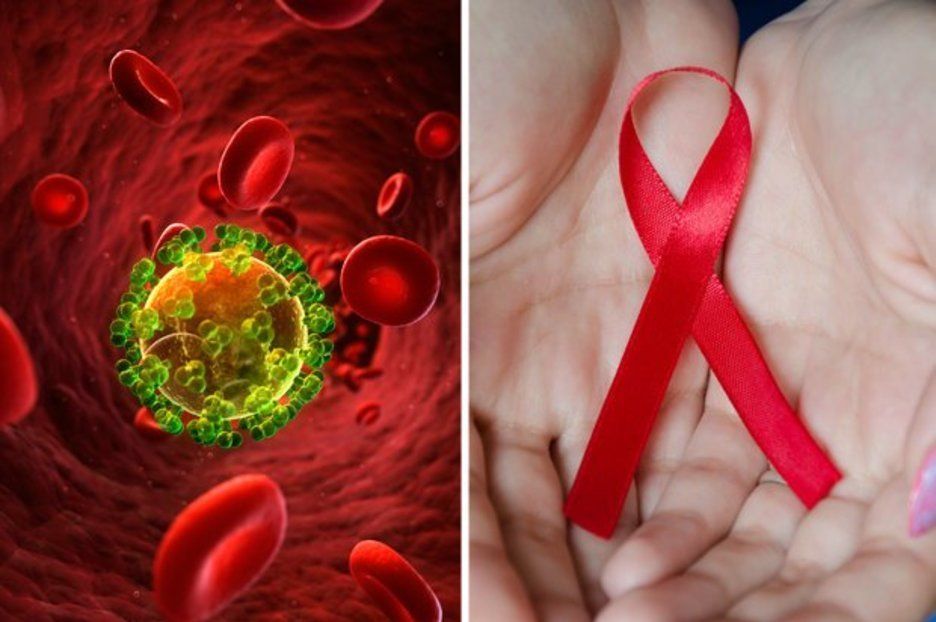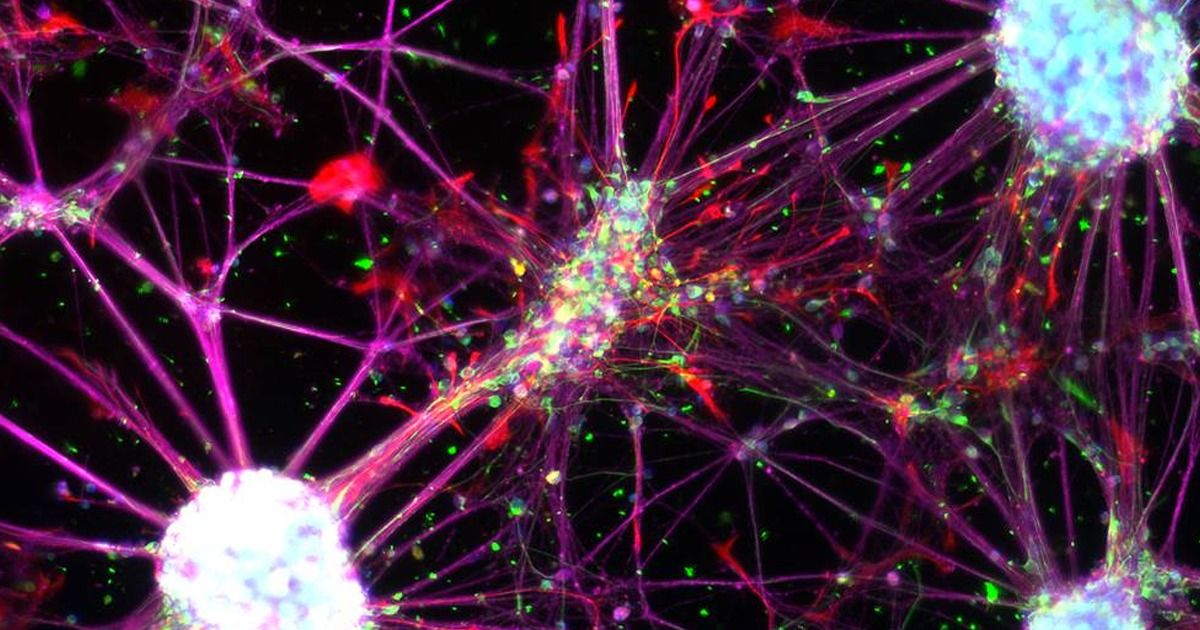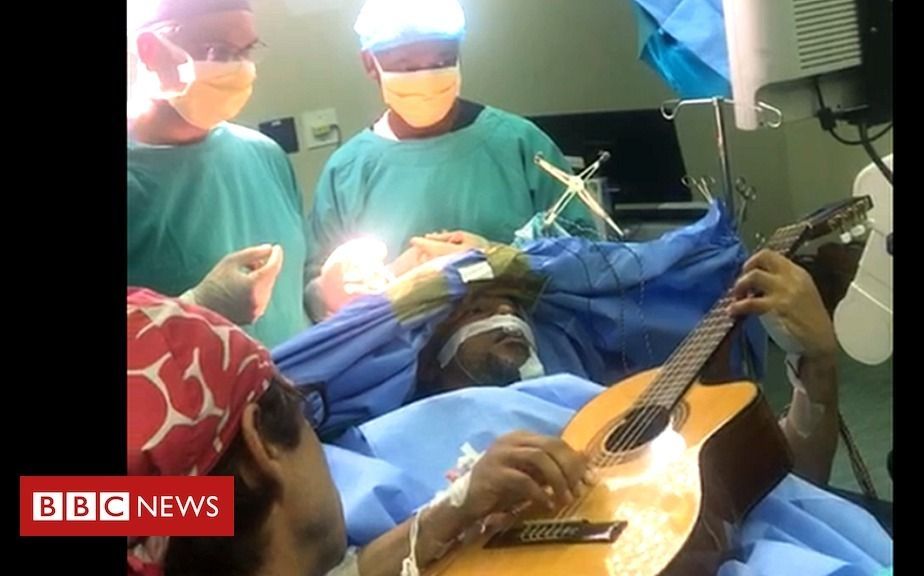Companies use different algorithms based on different sets of data. Most of that data comes from people of recent European ancestry.
The problem, obviously, is that a lot of people don’t have grandparents or great-great-great-grandparents from England or Italy or Denmark. Most people on Earth, actually! That means if you’re from, say, Asia or Africa, you might not get as detailed a profile as you’d like.
My mother, who was born in the Philippines, actually got an update from 23andMe with new information about her heritage. Her history didn’t change. But as the company gets more DNA kits from people of Asian descent, the algorithm churns out modified results. Which is great … but that does mean right now, if you’re not white, you might have to wait a bit longer for more accurate results.

